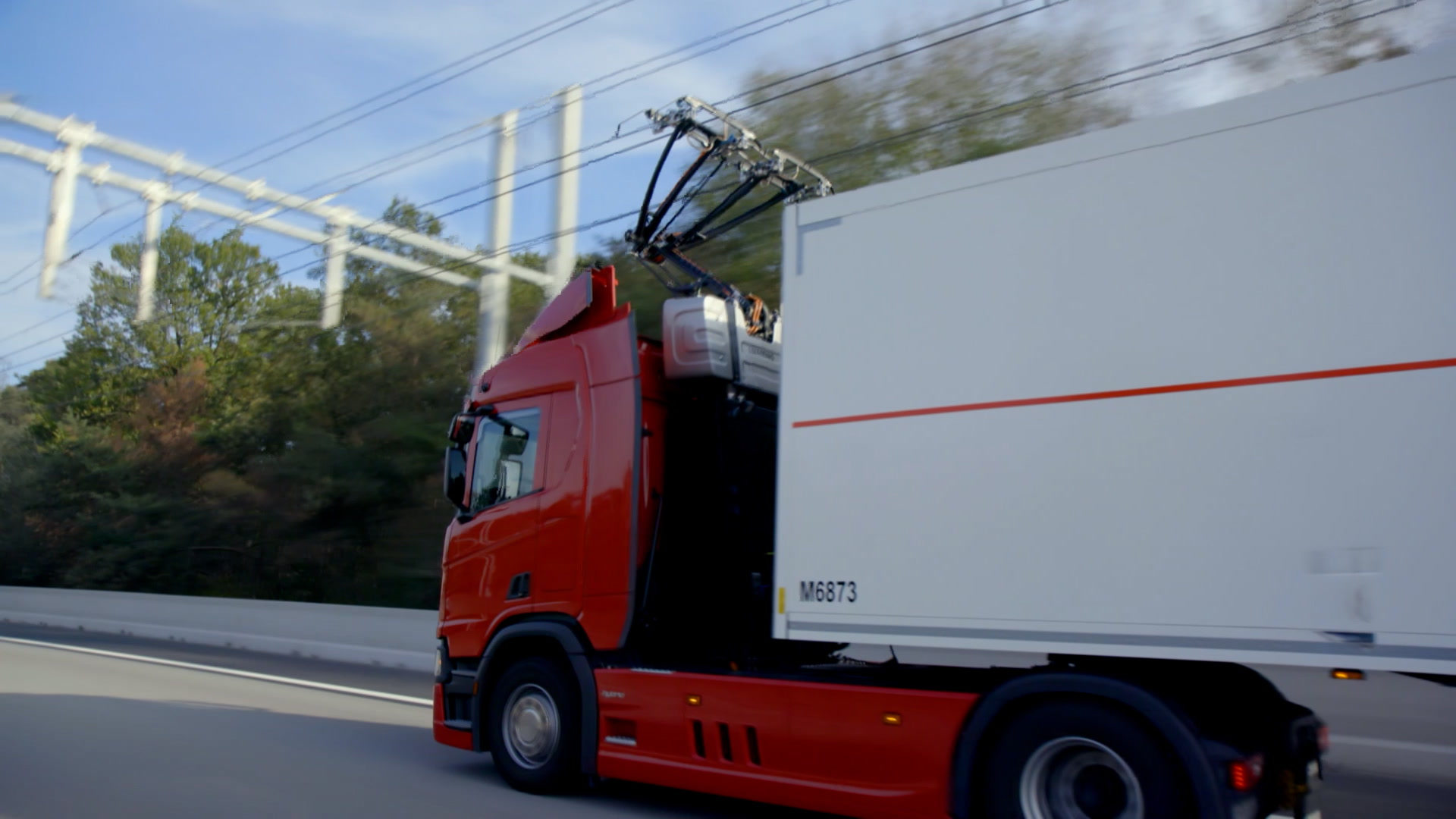Countries with the most and least road traffic deaths


Get involved with our crowdsourced digital platform to deliver impact at scale
Stay up to date:
Supply Chain and Transport
The World Health Organisation (WHO) has released its Global Road Safety report 2015, and named Libya as the nation with the highest rate of road traffic deaths – some 73.4 deaths per 100,000 people every year.
The following charts show the countries with the highest and lowest road traffic death rates, according to 2015 WHO estimates.
Following Libya in second place is Thailand, with a rate of 36.2 – more than half Libya’s. The top three is completed by Malawi, with a rate of 35 deaths per 100,000.
African nations dominate the list, with the WHO highlighting the gap between high-income countries and low- and middle-income countries. Of all road traffic deaths, 90% occur in developing countries, despite them having just 54% of the world’s vehicles.
The other end of the scale is illustrated in the chart below, with the fewest deaths taking place in the Federated States of Micronesia, which has a rate of just 1.9 deaths per 100,000 people.
Second on the list is Sweden, with a rate of 2.8. The United Kingdom completes the top three, with a rate of 2.9 deaths per 100,000 people.
A number of other European nations feature in the top 10, with Switzerland in fifth, the Netherlands in sixth and Denmark in eighth. Smaller nations with low numbers of vehicles feature across the list – including Micronesia, Kiribati and the Maldives.
Have you read?
How South Korea has reduced road deaths
The 10 most dangerous countries for aid workers
Can we design cities that don’t need cars?
To keep up with the Agenda subscribe to our weekly newsletter.
Author: Joe Myers is a Digital Content Producer at Formative Content.
Image: Drivers queue during evening rush hour on the M4 motorway, in west London, July 20, 2004. REUTERS/Toby Melville
Don't miss any update on this topic
Create a free account and access your personalized content collection with our latest publications and analyses.
License and Republishing
World Economic Forum articles may be republished in accordance with the Creative Commons Attribution-NonCommercial-NoDerivatives 4.0 International Public License, and in accordance with our Terms of Use.
The views expressed in this article are those of the author alone and not the World Economic Forum.
The Agenda Weekly
A weekly update of the most important issues driving the global agenda
You can unsubscribe at any time using the link in our emails. For more details, review our privacy policy.
More on Supply Chains and TransportationSee all
Nick Pickens and Julian Kettle
April 22, 2024
Rida Tahir
April 9, 2024
Kimberley Botwright and Spencer Feingold
March 27, 2024
Andrea Willige
March 19, 2024








